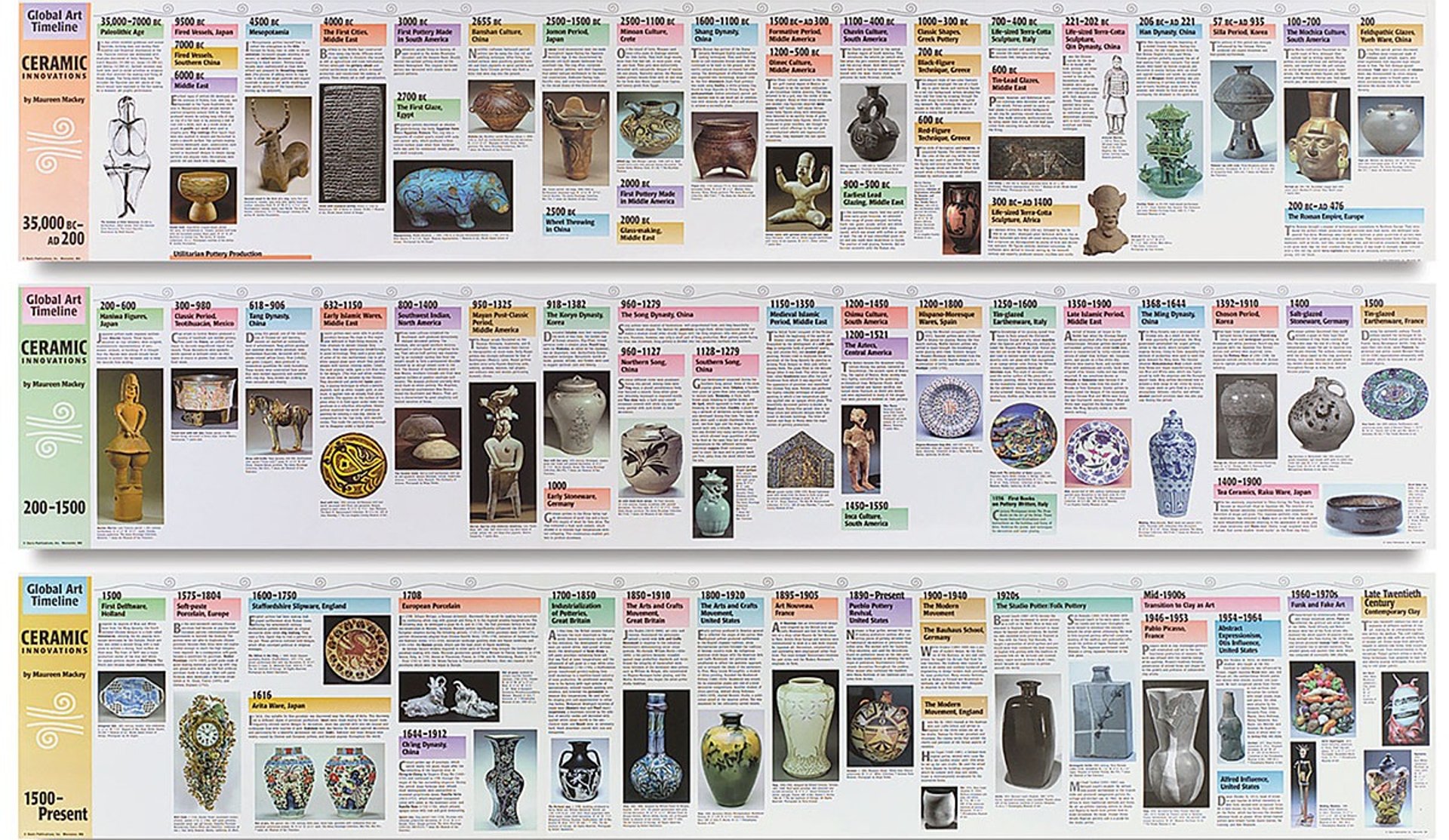Handmade Clay Pottery: Unique Crafts and Pottery Goods.
History
Pottery Development

The Ancient Origins: The history of pottery dates back to prehistoric times when early humans discovered the versatility of clay. Clay, readily available in nature, became their canvas for creativity. Initially used for crafting essential vessels, pottery soon evolved into an art form, as artisans began to experiment with shapes, designs, and firing techniques.
Cultural Evolution: Throughout history, pottery mirrored the cultural evolution of societies. Each civilization infused its unique style and symbolism into their ceramics, leaving behind exquisite artifacts that provide valuable insights into their way of life. Whether it's the delicate porcelain of China, the terracotta warriors of ancient Rome, or the intricately painted pottery of Native American tribes, pottery tells the story of humanity.
Innovations and Techniques: Pottery has always been at the forefront of innovation. From the invention of the potter's wheel to the development of high-temperature kilns, artisans continually refined their craft. Today, contemporary potters fuse traditional techniques with modern aesthetics, pushing the boundaries of what's possible with clay.
Historical significance of Pottery making in Pottery Square (कुम्हः त्व)
Pottery Square in Talako Tole, Bhaktapur, is one of the most famous centers of traditional pottery making in Nepal, particularly within the Kathmandu Valley. Bhaktapur, known for its rich cultural heritage and traditional craftsmanship, has been a hub for pottery for centuries. The art of pottery in Pottery Square is deeply rooted in the history of the Newar community, which has passed down these techniques from generation to generation.
History of Pottery in Bhaktapur
Pottery making in Bhaktapur is believed to date back over 1,000 years, with evidence of the craft being an integral part of the ancient urban culture of the city. Bhaktapur was once one of the three main kingdoms in the Kathmandu Valley and an important center for trade and culture, which encouraged the growth of various crafts, including pottery. The Newar people, who are native to the valley, have a long history of engaging in this craft, both for utilitarian and ritual purposes.
The tradition of pottery-making is especially important to the Prajapati caste, a group within the Newar community known for their association with this craft. The pottery produced here was used for daily purposes, including cooking, storage, and religious rituals. Many of the pots and vessels made were essential for temple offerings, festivals, and household activities.
Talako Tole – Pottery Square
Pottery Square, locally known as Kumal Tole or Talako Tole, is the heart of pottery production in Bhaktapur. It’s an open space where visitors can see potters at work, shaping clay on traditional wooden wheels. The environment here is full of large clay pots drying in the sun, while craftsmen use simple, time-honored tools and techniques to mold and fire their creations. The square’s name, Talako, relates to the open area where clay pots are sun-dried before they are fired.
The potters work year-round, but the activity peaks during specific times of the year, particularly during the dry season, as this is when drying the clay becomes easier. Historically, the demand for pottery also increased during festivals like Dashain, Tihar, and various local celebrations, where the clay items were used in religious rituals.
Cultural and Economic Significance
Pottery has always played a significant cultural role in Bhaktapur. Traditionally, pottery items were used for both religious and everyday purposes. Every year, for Day to day rituals of Taleju Temple and Navaduraga Devgan of Bhaktapur uses specific pottery goods from pottery square, Navaduraga starts from Mahadev-Shiva cration by guthi nayo of prajapati community on gathamuga chare every year, clay lamps (diyas) are essential during the Tihar festival, while certain rituals require specific pottery items.
Economically, pottery-making has been a source of livelihood for the local Prajapati community. While modern materials like metal and plastic have reduced the demand for traditional pottery, the craft has found renewed interest due to tourism and the cultural value associated with handmade items.
In recent years, efforts have been made to preserve and promote pottery-making in Bhaktapur, recognizing its importance as part of Nepal’s intangible cultural heritage. Workshops and demonstrations are regularly organized, and pottery from Pottery Square is now popular among tourists seeking authentic, handcrafted souvenirs.
Trainings
Bolachhen, Talako Tole
Bhaktapur Municipality Ward No 4
Bagmati Province, Nepal
©2025 potterysquare.com All right reserved. Development platform: Hostinger Builder.
